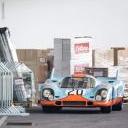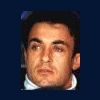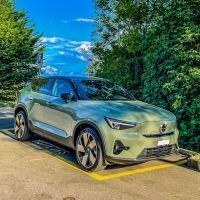Mercedes-Benz EQC 2019
-
Contenuti simili
-
Micro Microlino 2.0, Lite, Spiaggina & Spider 2022 1 2 3 4 13
Pubblicato da MotorPassion,
- 128 risposte
- 38076 visite
-
- 32 risposte
- 6914 visite
-
Mercedes-Benz CLA III 2025 (Spy) 1 2 3 4 5
Pubblicato da Pandino,
- mercedes spy
- cla spy
- (e 2 altri in più)
- 49 risposte
- 13021 visite
-
-
-


.jpg.0a9ff73d7a7ad09550fc411cda37bc7c.thumb.jpg.095392f5d8b6dc45c10ccf463694d027.jpg)

.thumb.jpg.902d2a4f20a129e92b6f6920407b81bd.jpg)

















Messaggi Raccomandati:
Crea un account o accedi per lasciare un commento
Devi essere iscritto per commentare e visualizzare le sezioni protette!
Crea un account
Iscriviti nella nostra community. È facile!
Registra un nuovo accountAccedi
Sei già registrato? Accedi qui.
Accedi Ora